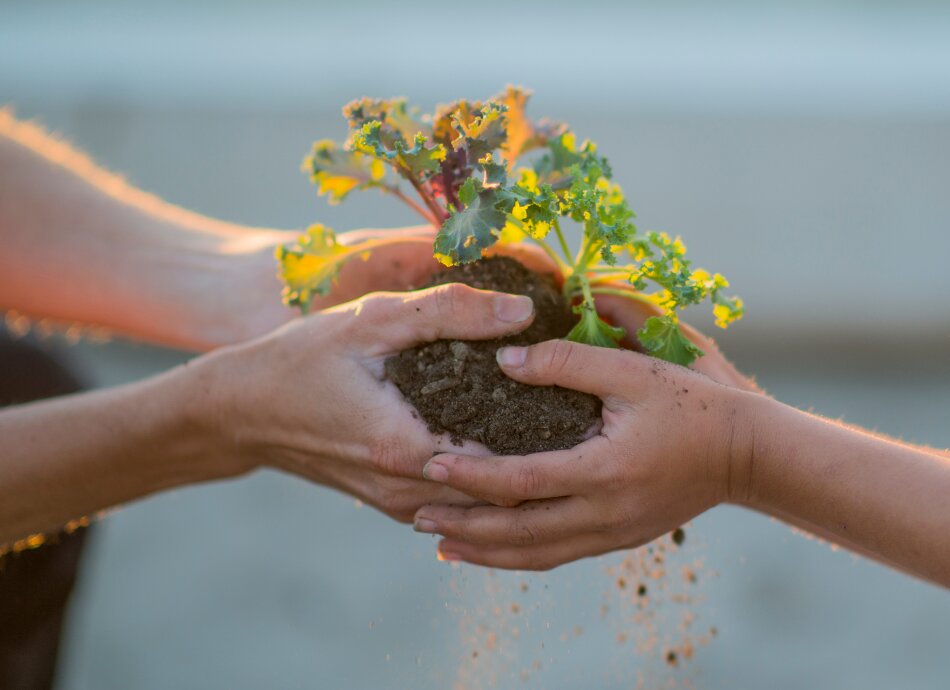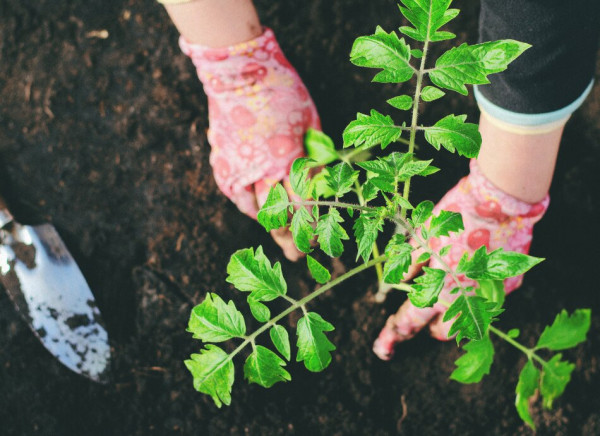Wishing everyone happy holidays and a joyful New Year from the Healthify team. Don't forget to Slip, Slop, Slap and Wrap!
Legionellosis (Legionnaires' disease)
Sounds like 'LEE-juh-nuh-low-sis'
Key points about legionellosis
- Legionellosis is caused by Legionella bacteria. These live mainly in water, soil and potting mix.
- Legionellosis can range from a mild infection called Pontiac fever to a serious type of lung infection called Legionnaires’ disease.
- Mild infection, known as Pontiac fever, has symptoms similar to the flu, such as muscle aches and fever. Symptoms begin between a few hours to 3 days after being exposed to the Legionella bacteria. People with Pontiac fever don't usually need treatment and recover within 2–5 days.
- More severe infection, known as Legionnaires’ disease, causes severe lung infection and requires treatment with antibiotics. The signs and symptoms of Legionnaires’ disease are similar to that of a lung infection (pneumonia).

Legionellosis is caused by Legionella bacteria. These live mainly in water, soil and potting mix.
Legionellosis can range from a mild infection called Pontiac fever to a serious type of lung infection called Legionnaires’ disease.
Most people who come into contact with the Legionella bacteria don’t develop an infection – your body's immune system protects you from getting ill. However, you're at increased risk of infection if you smoke, have chronic lung disease such as COPD or have a weakened immune system due to cancer, diabetes or kidney disease, or if you're taking medicines like high-dose steroids.
There's no vaccine for legionellosis. However, you can minimise your risk by quitting smoking, taking care when handling compost and potting mix and keeping water supplies and pools clean.
Legionellosis is caused by common Legionella bacteria, which live in the environment, especially in soil, mud and water. You can't catch legionellosis from person-to-person contact or by by drinking contaminated water. Instead, people at risk of legionellosis get the condition from breathing in soil dust or small water droplets contaminated with Legionella bacteria.
Common sources of Legionella bacteria are:
- potting mixes and compost or garden soil
- contaminated water at home and work, especially in areas where small droplets can be inhaled, such as showers, pool or spa pools
- air-conditioning units in large buildings and cooling towers on top of buildings
- spray mists, eg, decorative fountains and vegetable misting systems in supermarkets.
- some hospital equipment such as respiratory therapy devices.

Image credit: Canva
If you handle garden soil, compost or potting mixes, you need to be aware of the possible risk of contracting legionellosis. Legionellosis is more common in middle-aged and older adults. It's very rare in children. You are at higher risk of getting Legionnaires’ disease if you:
- are over 50 years of age
- smoke
- have illnesses that affect your lungs such as COPD and asthma
- have illnesses that lower your immune system such as diabetes, cancer or kidney disease
- are taking medicines that lower your immune system such as high dose steroids.
Legionellosis varies in severity from a mild infection known as Pontiac fever to a serious form of pneumonia known as Legionnaires’ disease.
Mild infection (Pontiac fever)
Pontiac fever is a mild infection that has symptoms similar to the flu, such as muscle aches and fever. You don't get pneumonia. Symptoms begin between a few hours to 3 days after being exposed to the Legionella bacteria.
Serious infection (Legionnaires’ disease)
Legionnaires’ disease is a type of severe pneumonia (lung infection) that is caused by the Legionella bacteria. It can cause serious illness and can be fatal. The signs and symptoms of Legionnaires’ disease are similar to that of a lung infection (pneumonia). It can also sometimes cause infection outside your lungs.
- The early signs may include muscle aches, cough, tiredness, headache and loss of appetite.
- This is followed by fever and chills.
- Sometimes nausea, vomiting and diarrhoea (runny poos) may occur and you may become confused.
- Symptoms usually begin 2 to 10 days after being exposed to the bacteria. It can take longer, so watch for symptoms for about 2 weeks after exposure.
- You are likely to get quite sick and need hospital treatment.
If you have signs of Legionnaire’s disease, see your doctor immediately. Your doctor may arrange for you to have a blood test, sputum test, urine test or a chest X-ray. Chest X-rays will show whether you have pneumonia. The other tests will help to confirm whether it is due to the Legionella bacteria.
People with mild infection (Pontiac fever) don't usually need treatment and recover within 2 to 5 days.
People with Legionnaires’ disease require treatment with antibiotics. It's important to be diagnosed and treated quickly. Early treatment can stop the disease from becoming severe. Because this can cause serious illness, go back to your doctor or to hospital if your symptoms are getting worse.
Because there are many different strains of Legionella bacteria, having had legionellosis does not protect you from infection and you can develop it again if you're exposed to the bacteria.
Because it is not spread from person to person, you can return to work whenever you feel well enough. There is no risk of infecting other people.
There is no vaccine for legionellosis, but there are a few things you can do to minimise your risk of getting it.
Stop smoking
Stopping smoking is the most important thing to do as you are 5–times more likely to get Legionnaires’ disease if you smoke. Read more about quitting smoking.
Take care when handling compost, potting mix and soil or dirt
Be careful when handling compost, potting mix or any form of soil or dirt. Try not to stir up dust. Wear gloves and a well-fitting face mask. An N95 or respirator is best.
- Use a low-pressure hose when watering gardens and compost.
- Read the warning labels on the packaging of garden products.
- Open bags of compost or potting mix slowly away from your face.
- Dampen or wet the soil before potting plants
- Avoid gardening in unventilated places such as enclosed greenhouses or sheds.
- Wash hands thoroughly after working with soil, potting mix or compost.
Maintain non-reticulated water supply
Maintain non-reticulated water supplies such as a roof collected tank water supply according to recommended guidelines.
Maintain hot water cylinders
Keep the temperature of your home hot water cylinder at 60°C. Legionella bacteria cannot survive at 60°C or above. It is best to have a mixing valve on your tap so that the water is not too hot and doesn’t cause burns when it comes out of the tap (especially if children or older adults live in the house).
Monitor spas and swimming pools
If you have a spa or swimming pool, being rigorous about your water purification and testing is essential.
Legionellosis(external link) Bay of Plenty Health Services, NZ
Legionnaire’s disease and legeionellosis(external link) Worksafe NZ
Brochures
Legionellosis(external link) Health New Zealand | Te Whatu Ora
Safer and healthier gardening(external link) HealthEd, NZ, 2022
References
- Priest PC, Slow S, Chambers ST, et al. The burden of Legionnaires' disease in NZ (LegiNZ) – a national surveillance study(external link) The Lancet, July 2019; 19(7):
- Graham FF, Harte DJ. Survival of Legionella in earthquake-induced soil disturbance (liquefaction) in residential areas, Christchurch, New Zealand – implications for disease(external link) N Z Med J. 2017 May 12;130(1455):51-64
- What is Legionnaires’ disease?(external link) American Thoracic Society, US, 2016
Credits: Healthify editorial team. Healthify is brought to you by Health Navigator Charitable Trust.
Reviewed by: Karen Berry, Regional Public Health Communications Lead, National Public Health Service, Te Waipounamu
Last reviewed:





